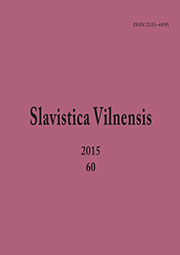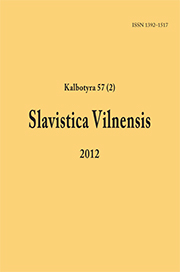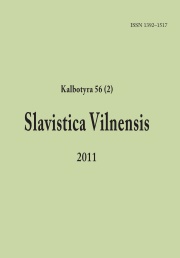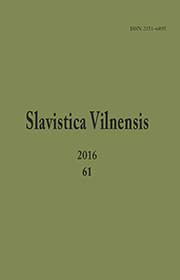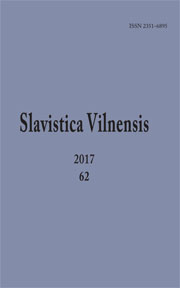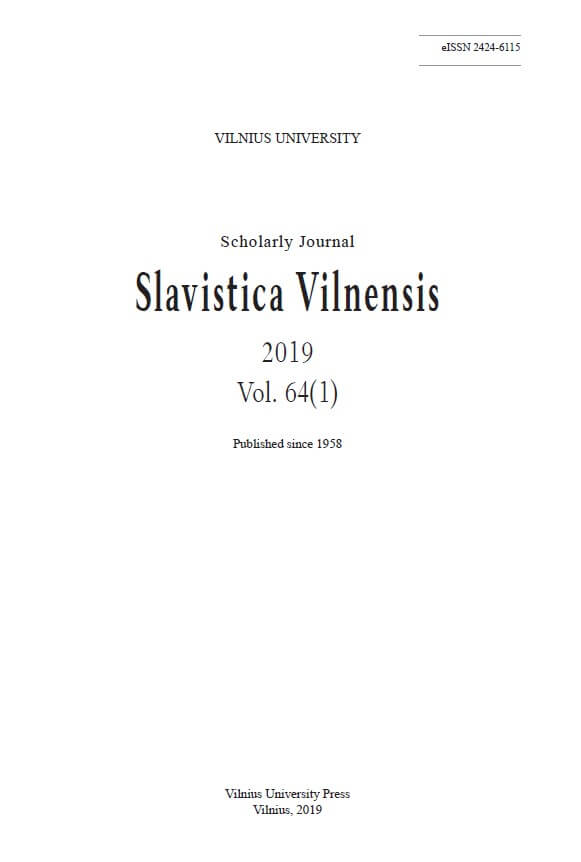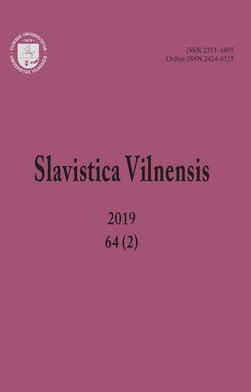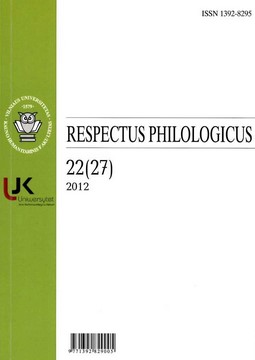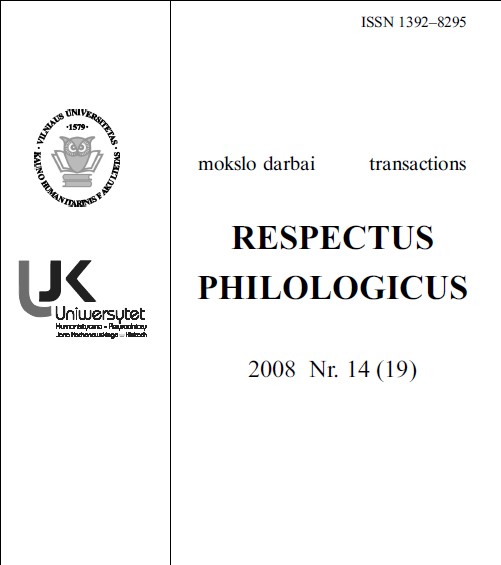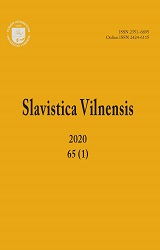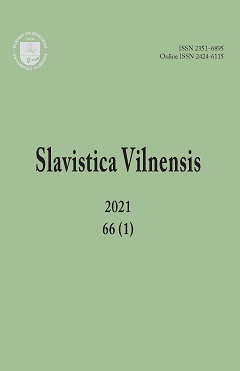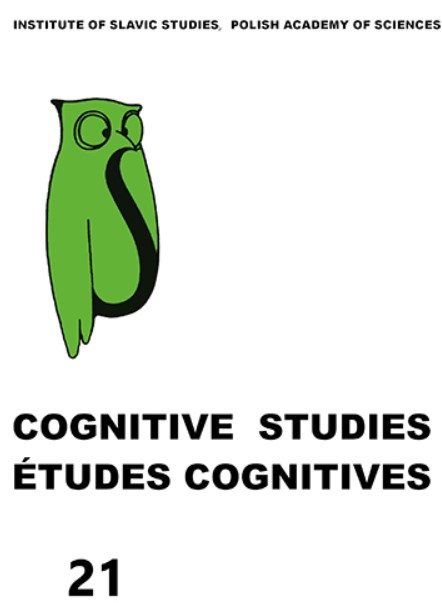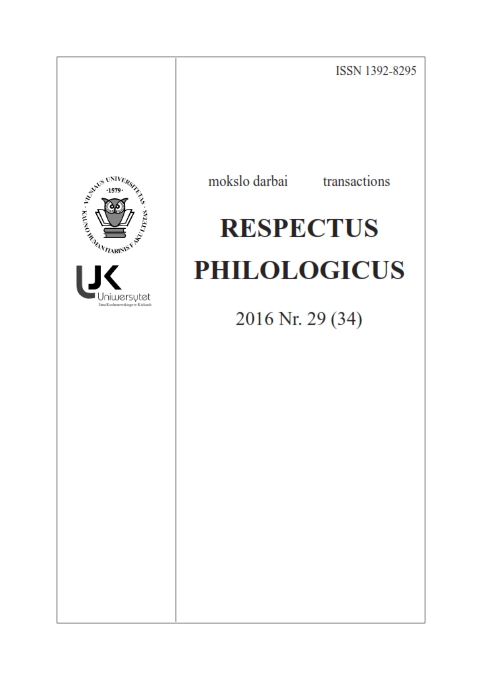
СЕМАНТИЧЕСКАЯ ХАРАКТЕРИСТИКА ЗООНИМОВ, МОТИВИРОВАННЫХ ПЕСТРОЙ ОКРАСКОЙ ЖИВОТНОГО (НА ПРИМЕРЕ КЛИЧЕК КОРОВ В ПОЛЬСКОМ И УКРАИНСКОМ ЯЗЫКАХ)
The article presents semantic and comparative analysis of the cattle names motivated by piebald and skewbald colouring and the patterns on the coat in Polish and Ukrainian dialects. The problem is to define the general picture of the colour perception in the minds of the two related language speakers by the means of coloured folk zoonyms. The article presents a brief description of the research in the field of traditional Zoonomastics. Lexical units that image the coloured animal coat concept in dialects are considered. In this article, there is provided a cow names classification based on the lexical and semantic features. A comparative analysis of the Polish and Ukrainian lexemes, from which zoonyms were derived, was conducted in all the groups. It has been found that the similar, sometimes identical, lexemes are used as a base for the derivation of cow names in Polish and Ukrainian; the same motivational component is observed too. The author of the article concludes that the expression of colour perception by the linguistic recourses is quite similar for the speakers of both languages.
More...
